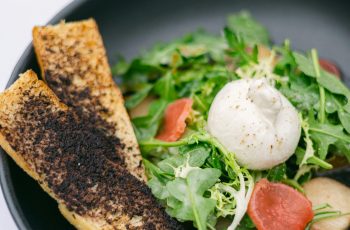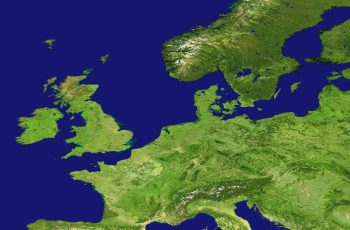Ad Blocker Detected
Our website is made possible by displaying online advertisements to our visitors. Please consider supporting us by disabling your ad blocker.
Curious about the key differences between pressure cookers and slow cookers? Look no further! This article will shed light on the age-old question: Are pressure cookers and slow cookers one and the same? Hold on tight as we unravel the distinctive features of these kitchen appliances, exploring their functionalities, cooking times, and the unique culinary experiences they offer. By the end, you’ll have a clearer understanding of which cooker is the perfect fit for your culinary endeavors. So, let’s get started and unveil the truth behind pressure cookers and slow cookers!
Definition of pressure cookers
A pressure cooker is a kitchen appliance that uses steam and high pressure to cook food quickly and efficiently. It is designed to seal in the steam and increase the internal pressure, which raises the boiling point of water and speeds up the cooking process. Pressure cookers are often used for cooking meats, soups, stews, and other dishes that require a longer cooking time.
How pressure cookers work
Pressure cookers work by utilizing airtight seals and a pressure relief valve to trap steam inside the cooking chamber. When the liquid inside the pot comes to a boil, it creates steam, which increases the pressure inside the pot. This elevated pressure raises the boiling point of water, allowing food to cook at a higher temperature than traditional cooking methods. The increased temperature and pressure help tenderize tough cuts of meat and reduce the cooking time significantly.
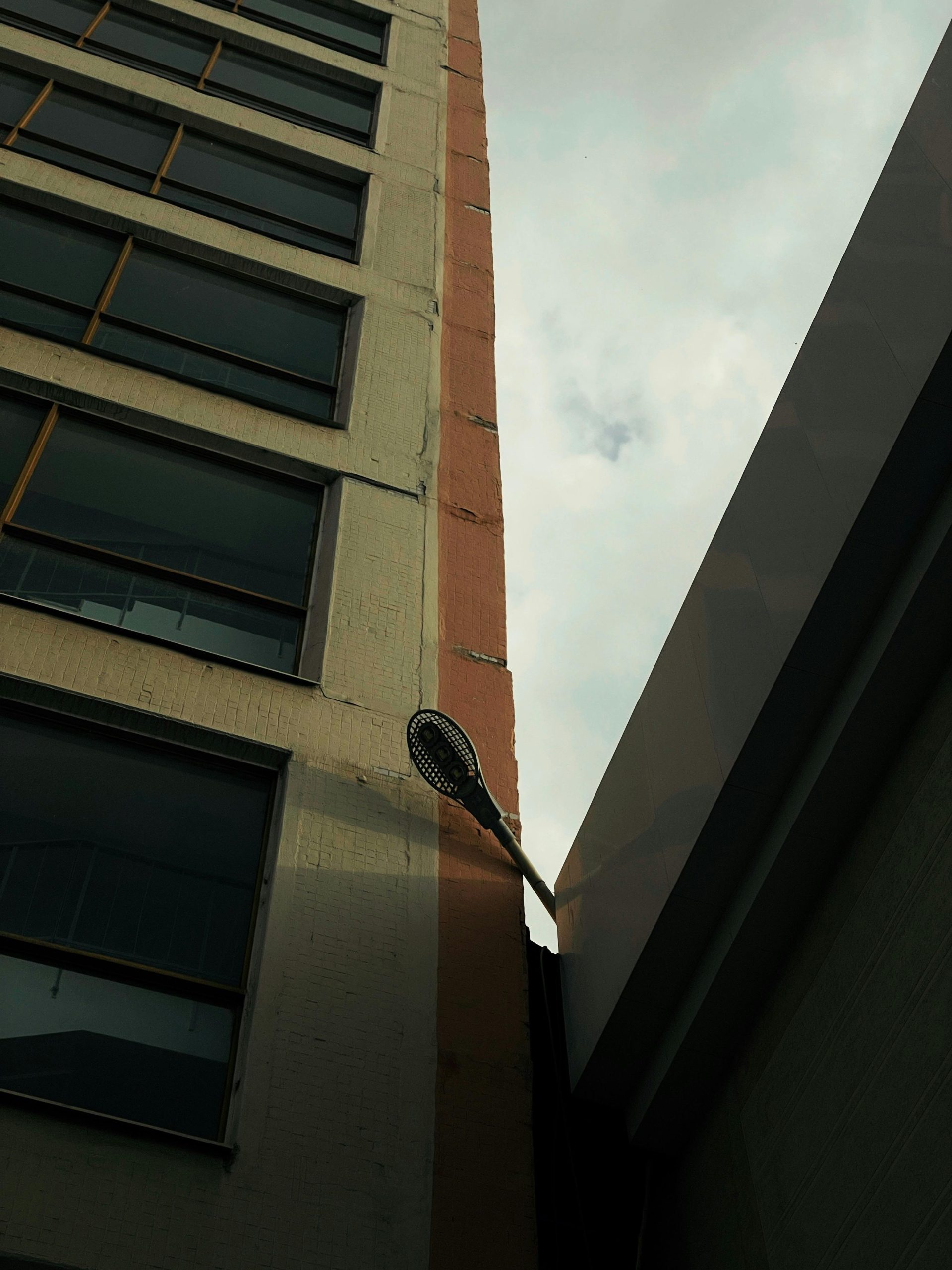
Benefits of using a pressure cooker
Using a pressure cooker offers several benefits. Firstly, it saves time by significantly reducing the cooking time compared to conventional methods. Secondly, due to the sealed environment, the flavors and nutrients of the food are preserved, resulting in more flavorful and healthier dishes. Additionally, pressure cookers are energy-efficient since the faster cooking time requires less electricity or gas. Lastly, they are versatile and can be used for a wide range of recipes, from making stocks and soups to cooking beans and grains.
Definition of slow cookers
A slow cooker, also known as a crockpot, is a countertop cooking appliance that uses low heat and long cooking times to cook food gradually. It consists of a pot, usually made of ceramic or porcelain, and a heating element that surrounds the pot. Slow cookers are designed to cook food at a constant, low temperature for several hours, allowing flavors to meld and tenderize meats and vegetables.
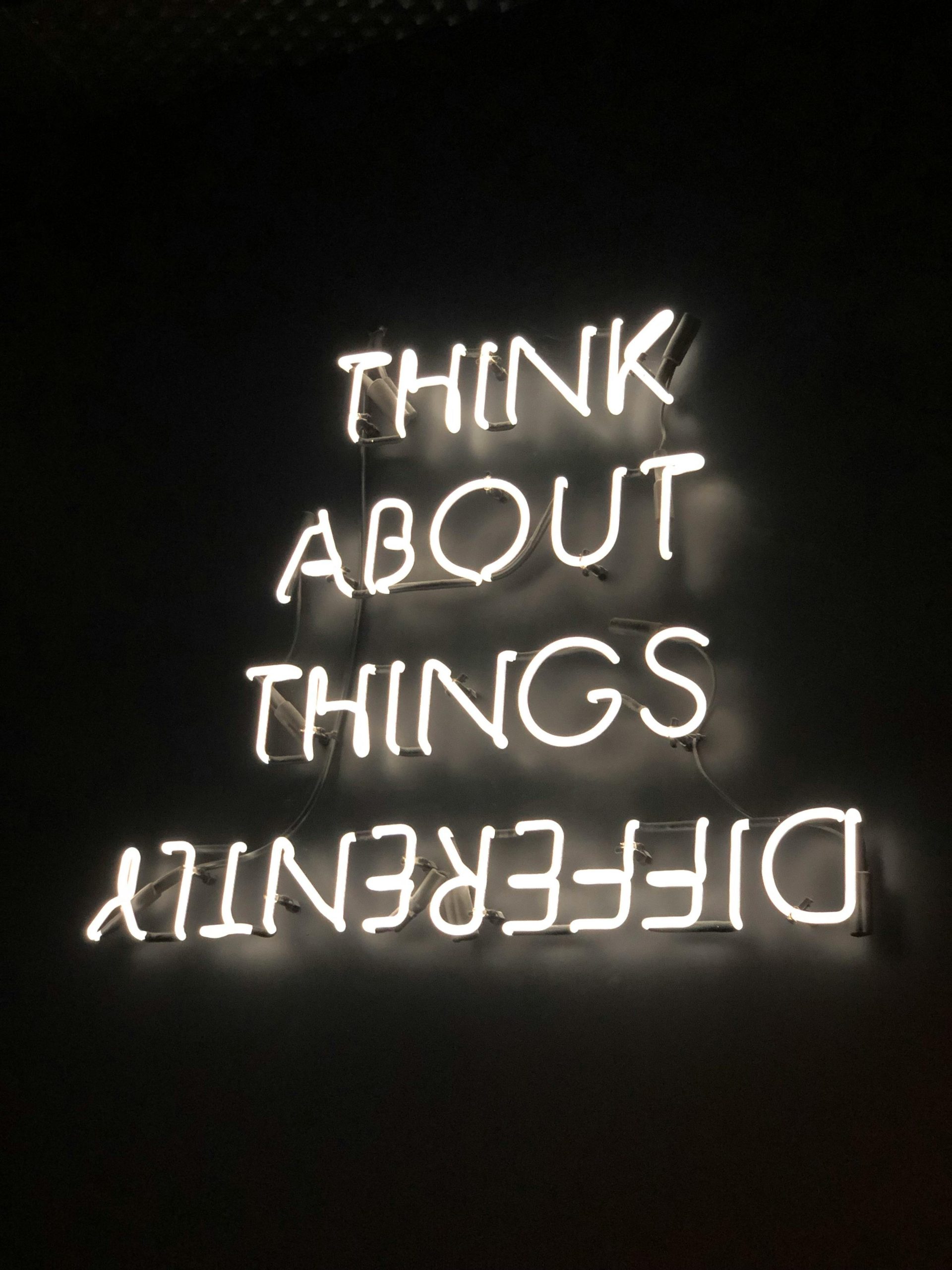
How slow cookers work
Slow cookers work by utilizing low heat and long cooking times to break down tough cuts of meat and allow the flavors to develop slowly. The heating element underneath the pot emits a gentle heat, which warms the food gradually and maintains a constant temperature. The lid of the slow cooker helps trap moisture, ensuring that the food remains moist throughout the cooking process.
Benefits of using a slow cooker
Slow cookers offer several advantages. Firstly, they require minimal effort and allow for hands-free cooking. Once the ingredients are added to the pot, the slow cooker does all the work, and there is no need for constant monitoring or stirring. Secondly, the slow, gentle cooking process enhances the flavors of the food, creating rich and savory dishes. Additionally, slow cookers are energy-efficient, as they use low, constant heat instead of high bursts of energy. Lastly, slow cookers are great for busy individuals or families as they can be left unattended for long periods, allowing you to come home to a delicious meal.
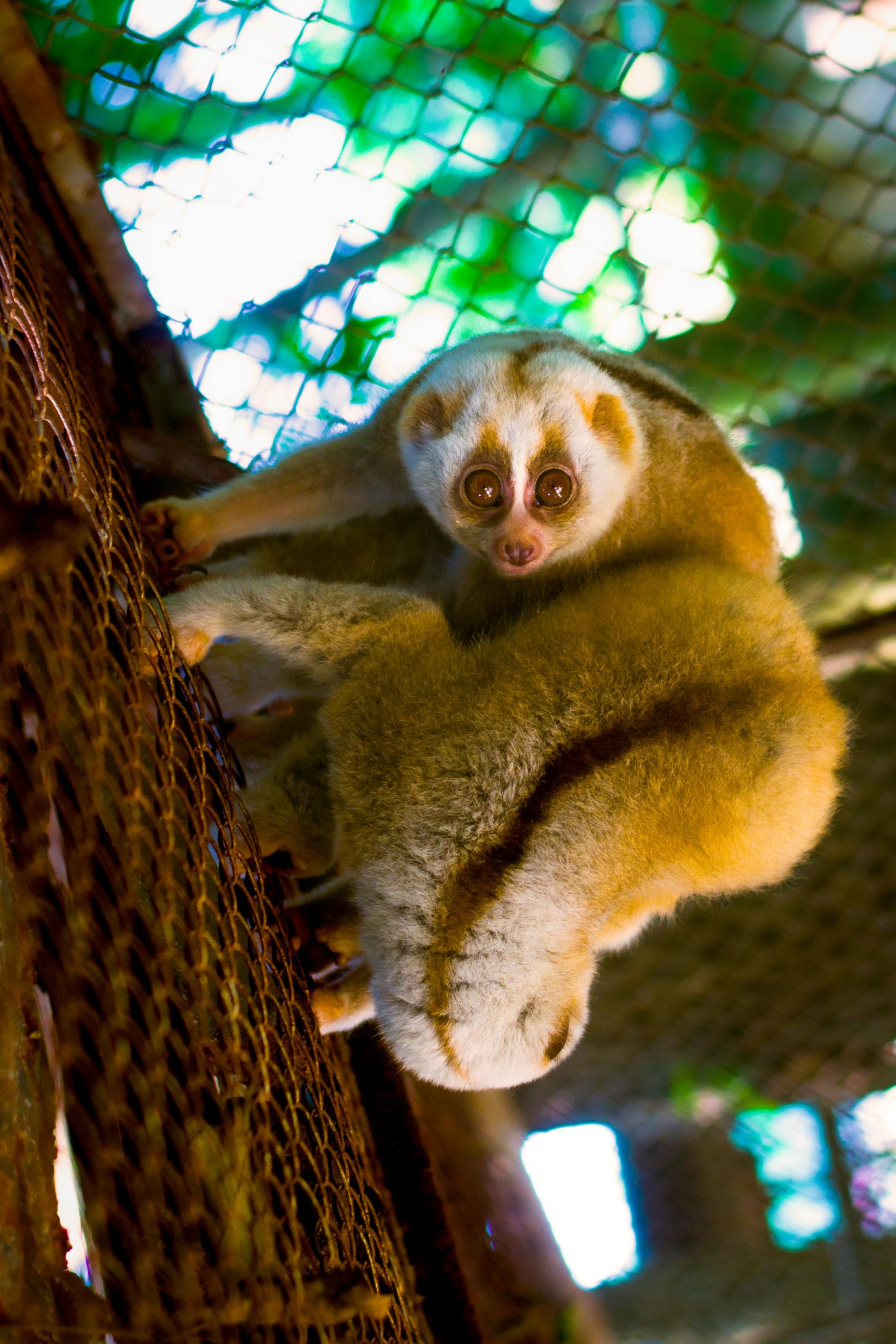
Key differences between pressure cookers and slow cookers
While both pressure cookers and slow cookers are designed to simplify and enhance the cooking process, there are several key differences between the two appliances.
Cooking method
The main difference between pressure cookers and slow cookers lies in their cooking method. Pressure cookers use high heat and steam under pressure to break down tough fibers and speed up cooking time. Slow cookers, on the other hand, use low heat and longer cooking times to slowly tenderize meats and develop flavors.
Cooking time
Another significant difference is the cooking time. Pressure cookers excel in reducing cooking time, as the high-pressure environment raises the boiling point of water, allowing food to cook faster. Slow cookers, as the name suggests, require longer cooking times, often ranging from 4 to 10 hours, to achieve tender and flavorful results.
Temperature control
Pressure cookers offer precise temperature control, allowing you to adjust the pressure levels to suit different recipes. Slow cookers typically have a single temperature setting, which is usually low and constant. While this limits the versatility, it ensures that food is cooked slowly and evenly.
Tenderizing ability
Pressure cookers are known for their exceptional tenderizing ability. The high pressure and temperature help break down tough meat fibers, resulting in incredibly tender and juicy dishes. Slow cookers also tenderize meats, but the process is much slower. The low heat and long cooking time gradually soften the meat, resulting in a different texture compared to pressure cooking.
Suitability for different types of dishes
Both pressure cookers and slow cookers have their unique advantages when it comes to different types of dishes. Pressure cookers are ideal for recipes involving tough meats, beans, and grains that require a shorter cooking time. Slow cookers excel in dishes that require long, slow cooking, like braised meats, stews, and soups.
Cooking method
Pressure cooking involves using high heat and steam under pressure to cook food quickly. The sealed environment and increased pressure raise the boiling point of water, allowing the food to cook at a higher temperature. This method is ideal for reducing cooking time and tenderizing meats.
Slow cooking, as the name implies, is a method that involves low and constant heat over an extended period. The slow cooker’s low temperature gently cooks the food, which tenderizes tough cuts of meat and allows flavors to develop slowly. This method is perfect for achieving melt-in-your-mouth textures and creating rich, flavorful dishes.
When comparing the two methods, pressure cooking is best for those who need a quick turnaround or want to tenderize tougher cuts of meat in a shorter timeframe. Slow cooking, on the other hand, suits those who appreciate the convenience of long, unattended cooking times and the depth of flavor that comes with slow-cooked dishes.
Cooking time
One of the primary advantages of pressure cookers is their ability to significantly reduce cooking time compared to traditional methods. The high pressure and temperature inside the pot allow food to cook much faster than regular boiling, roasting, or braising. For example, cooking a roast that would typically take hours can be done in a fraction of the time in a pressure cooker.
Slow cookers, on the other hand, are designed for long, slow cooking. The low heat setting ensures that food is cooked evenly throughout and allows for gentle tenderizing of tough cuts of meat. Slow cooking can take anywhere from 4 to 10 hours, depending on the recipe and desired results. While this longer cooking time may not be suitable for those in a hurry, it is perfect for busy individuals who can leave the slow cooker unattended while they go about their day.
The cooking time has an impact on the texture and flavor of the food as well. Pressure cooking, with its shorter cooking time, retains more of the food’s natural colors and flavors. Slow cooking, on the other hand, intensifies flavors and results in tender, succulent meats.
Temperature control
Pressure cookers offer precise temperature control, allowing you to adjust the pressure levels to suit different recipes. Most pressure cookers have multiple pressure settings, such as low, medium, and high, giving you flexibility in cooking different types of dishes. This temperature control allows you to cook delicate items like fish or custards at a lower pressure, ensuring they are not overcooked and remain tender.
Slow cookers, on the other hand, typically have a single temperature setting, which is usually low and constant. This simplicity allows for easy operation but limits the versatility in terms of temperature control.
The temperature control offered by pressure cookers gives you more options in terms of the recipes you can prepare. Whether you need to quickly cook tough meats or simmer delicate ingredients, a pressure cooker provides the flexibility to accommodate a wide range of dishes.
Tenderizing ability
Both pressure cookers and slow cookers have the ability to tenderize meats, albeit in different ways. Pressure cookers excel at tenderizing meat due to the combination of high pressure and temperature. The steam and pressure break down the tough fibers in meat, resulting in incredibly tender and juicy dishes. Even tough cuts of meat can become fork-tender and flavorful in a fraction of the time it would take using traditional cooking methods.
Slow cookers also tenderize meat, but the process is much slower. The low, gentle heat gradually softens the meat and allows connective tissues to break down over time. This slow and steady process results in a different texture compared to pressure cooking, with meat that is moist, tender, and falls apart easily. Slow-cooked meats often have a melt-in-your-mouth quality that is highly sought after in certain dishes like pot roasts or pulled pork.
The tenderizing ability of both pressure cookers and slow cookers makes them popular among home cooks looking to achieve tender, flavorful meats with minimal effort.
Suitability for different types of dishes
Both pressure cookers and slow cookers have their strengths when it comes to the types of dishes they are best suited for.
Pressure cookers are particularly useful for dishes that benefit from a shorter cooking time and require intense heat to break down tough ingredients. Tough cuts of meat, beans, grains, and even dried legumes can be cooked to perfection in a fraction of the time it would take using traditional methods. Pressure cookers are also great for making stocks, soups, or sauces as the increased pressure helps extract flavors quickly.
On the other hand, slow cookers are perfect for recipes that require long, slow cooking to tenderize meats and develop rich flavors. Dishes like braised short ribs, stews, chili, or hearty soups benefit from the low and slow cooking process. Slow cooking allows the flavors to meld together, resulting in deeply flavorful and comforting dishes.
When considering which appliance to use, it is important to take into account the cooking time you have available and the desired texture and flavors of the dish. Pressure cookers are great for those who need quick results, while slow cookers are ideal for those who want to let the flavors develop over several hours.
Pros and cons of pressure cookers
Pressure cookers offer several advantages that make them a popular choice in many kitchens. The primary advantage is the significant reduction in cooking time, which allows for quick and efficient meal preparation. The sealed environment of a pressure cooker also helps retain flavors and nutrients, resulting in delicious and healthy meals. Furthermore, pressure cookers are energy-efficient, as the shorter cooking time requires less electricity or gas. They are also versatile and can be used for a wide range of recipes, from soups and stews to desserts and preserves.
However, pressure cookers do have a few disadvantages. For one, the high-pressure environment can be intimidating for some users, as there is a slight risk of accidents if not used correctly. It is crucial to follow safety instructions and release the pressure carefully to avoid any mishaps. Additionally, pressure cookers require some trial and error to master cooking times and pressure settings for different recipes. Finally, pressure cookers may not be suitable for delicate ingredients that require gentle cooking, as the high pressure and heat may overcook or damage them.
When choosing a pressure cooker, important considerations include size, build quality, and safety features. The size should be suitable for your cooking needs, ensuring that there is enough space to accommodate your recipes. Quality construction and safety features, such as a locking lid and pressure release valve, are essential for safe and hassle-free cooking.
Pros and cons of slow cookers
Slow cookers have their own set of advantages that make them a popular choice among busy individuals and families. The primary advantage is the convenience they offer. Once the ingredients are added to the pot, the slow cooker requires minimal supervision. It can be left unattended for hours, allowing you to go about your day without worrying about the cooking process. This hands-off approach makes slow cookers perfect for those with busy schedules or for preparing meals in advance.
Slow cookers also excel in flavor development. The low and slow cooking process allows the ingredients to meld together and intensify in flavor, resulting in rich and savory dishes. The moist, gentle heat of a slow cooker ensures that meats remain tender and vegetables stay soft without becoming mushy.
However, slow cookers do have a few downsides. The longer cooking times may not be suitable for those in a hurry or for last-minute meal preparations. It requires planning ahead to ensure that the dish will be ready when needed. Additionally, slow cookers do not offer the same level of temperature control as pressure cookers. With a single temperature setting, it may be challenging to adjust the cooking process for specific recipes or ingredients.
When choosing a slow cooker, it is essential to consider the size, features, and controls. The size should be suitable for the number of servings you typically make. Features like programmable timers or digital controls can offer added convenience and flexibility. Additionally, removable inserts that are dishwasher-safe make cleaning up a breeze.
In conclusion, pressure cookers and slow cookers may share the goal of simplifying and enhancing the cooking process, but they do so in different ways. Pressure cookers use high heat and steam under pressure to quickly cook food, while slow cookers utilize low heat and long cooking times to gradually tenderize meats and develop flavors. Both appliances have their unique advantages, and choosing the right one depends on factors such as cooking time, desired texture, and personal preferences. Whether you opt for the speedy cooking of a pressure cooker or the convenience of a slow cooker, both appliances can revolutionize your kitchen and help you create delicious meals with ease.
